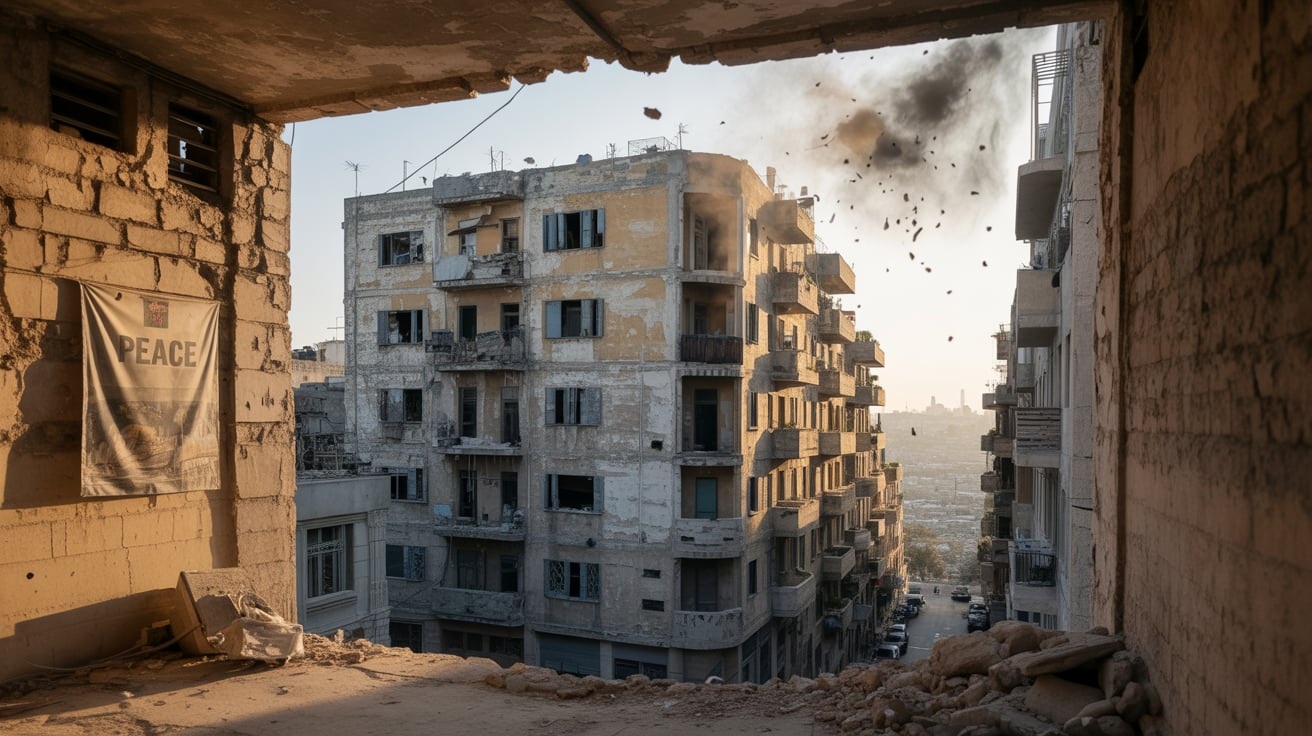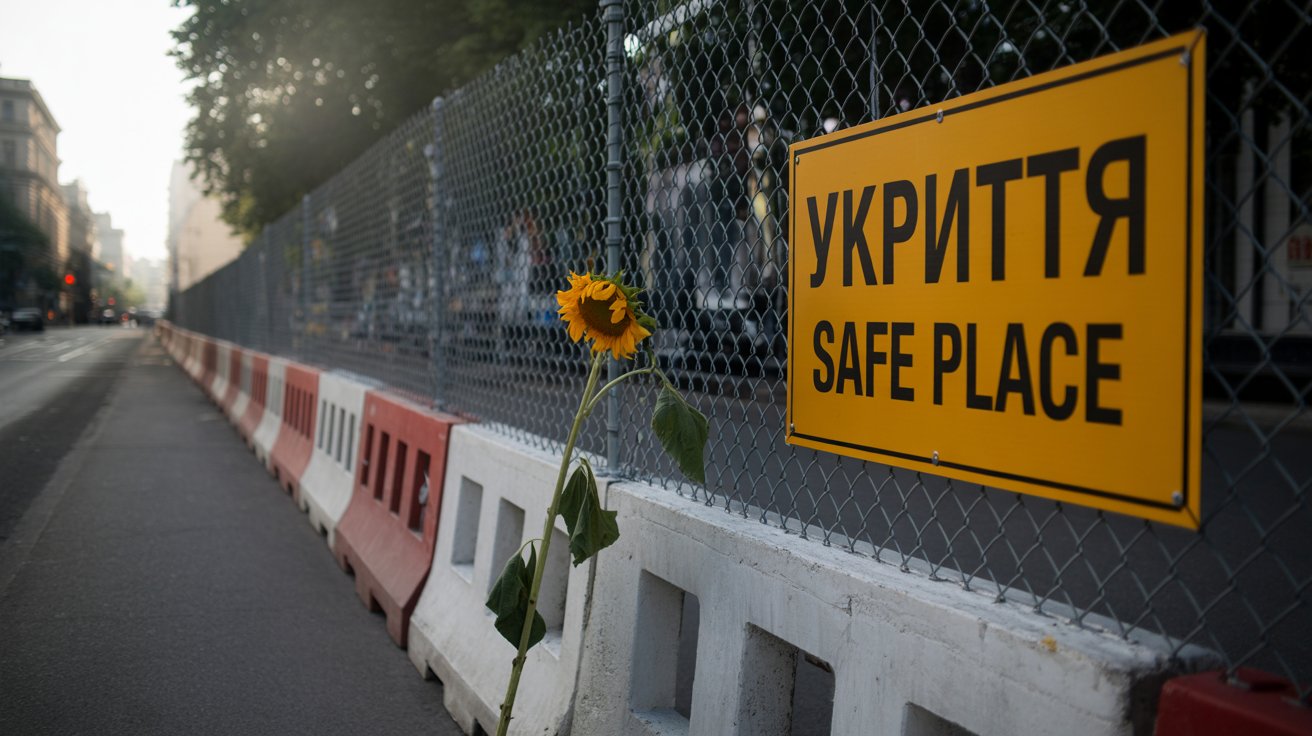Conflict Zone Construction: Rebuilding Cities and Infrastructure
In the wake of destruction, rebuilding war-torn cities is an enormous challenge that requires careful planning and often sparks debate. Urban planners must decide whether to restore the old layout or create a new urban design better suited for modern needs (and hopefully, future peace). Reconstruction methodologies generally fall into two camps: one is preservation and adaptive reuse, which salvages what can be saved and integrates new structures with the old; the other is a more radical “tabula rasa” approach, which clears ruins entirely and starts with a blank slate. Both approaches have been used around the world, sometimes side by side in the same city.
Case Study: Warsaw’s Post-War Reconstruction
One notable case study is Warsaw, Poland, after World War II. The city had lost over 85% of its buildings by 1945. Polish authorities initially took a tabula rasa stance for large swathes of the city, redesigning it with modern wide boulevards and concrete apartment blocks to replace the dense pre-war fabric. Yet, in a striking effort of cultural preservation, they chose to rebuild Warsaw’s Old Town exactly as it had been before the war. Architects relied on historical photographs and paintings to reconstruct the Old Town’s churches, townhouses, and marketplace, brick by brick. By 1960, this restored Old Town stood as a symbol of national identity and resilience – so much so that it was later recognized as a UNESCO World Heritage site for its meticulous post-war reconstruction. Warsaw’s example shows both strategies at work: a blend of modern urban planning for a fresh start, and historic restoration to maintain continuity with the past.
Elsewhere, different balances have been struck. After the Lebanese Civil War, Beirut took a preservation-heavy approach in its central district, restoring French colonial and Ottoman-era buildings and repurposing them as shops and cafes. This helped revive the city’s heritage charm while revitalizing commerce. In contrast, cities like Mogadishu and Grozny, devastated by conflict, largely rebuilt anew with little of the old character remaining – a stark tabula rasa rebirth.
Beyond layout and style, rebuilding infrastructure is paramount. War ravages not just buildings but roads, bridges, power grids, water lines, and telecommunications. Planners in post-conflict zones must prioritize getting the basic infrastructure and public services back up to support any rebuilding efforts. This often involves international aid and expertise. For instance, following conflicts, organizations like the UN and World Bank conduct damage assessments and help coordinate massive reconstruction funds. Recent U.N. satellite data from Gaza found that roughly two-thirds of all buildings were damaged or flattened in a 2023 conflict – an almost inconceivable scale of debris clearance and rebuilding that could take decades. Likewise, in Ukraine, estimates put the cost of reconstruction above $150–500 billion over the coming years. These numbers highlight the epic scale of post-war construction challenges. Engineers are now exploring faster, innovative techniques like 3D-printing buildings, modular housing units, and digital twin simulations to plan and execute reconstruction more efficiently. The use of sustainable design is also emphasized, with the idea of “building back better” – making cities greener and more energy-efficient as they rise from the rubble.
Another critical aspect of conflict zone construction is community involvement. Modern urban planning in post-conflict settings often invites local residents to have a say in how their neighborhoods are rebuilt. This participatory approach aims to ensure the new architecture meets real needs and helps people psychologically reclaim their city. International guidelines have also been developed for humanitarian reconstruction, provided by bodies like the Red Cross and United Nations, to promote safety, cultural sensitivity, and human rights in rebuilding efforts. By following such guidelines and learning from past examples, architects and planners strive to transform battle-scarred cities into symbols of resilience. In doing so, they not only repair physical damage but also lay foundations for a more hopeful, stable future.
Conclusion
War and armed conflicts leave an indelible mark on the built environment. From reinforcing the smallest home to re-planning entire cities, architecture in war zones must adapt rapidly to protect lives and then adapt again to rebuild communities. We have seen how resilient architecture and war-time design strategies – bunkers beneath bedrooms, safe rooms in apartments, fortified hospitals – become crucial when violence erupts. Every building type, whether a family house, a factory, a school or a historic museum, is touched by the shadow of war and responds in its own way. Yet, amid the destruction, the enduring creativity of architects and planners offers a path forward. By innovating with stronger materials, smarter designs, and inclusive planning, they turn disaster into opportunity – making structures that are not only harder to break, but also more capable of bringing people together.
In the aftermath of conflict, the reconstruction of buildings and cities symbolizes resilience and hope. Rebuilt skylines and restored monuments send a powerful message: that life will return, that culture will endure. Architecture thus serves as both shield and storyteller – shielding communities during conflict, and later telling the story of their perseverance. As we look to the future, the lessons of designing in war zones are inspiring safer, more robust buildings everywhere. Even in peace, concepts born of conflict (like disaster-resilient construction and self-sufficient “off-grid” buildings) are making our cities more secure. Ultimately, the way war affects design and architecture underscores an enduring truth: in our darkest times, we shape our shelters to save us, and in healing times, we shape them to reflect our highest hopes for peace.


